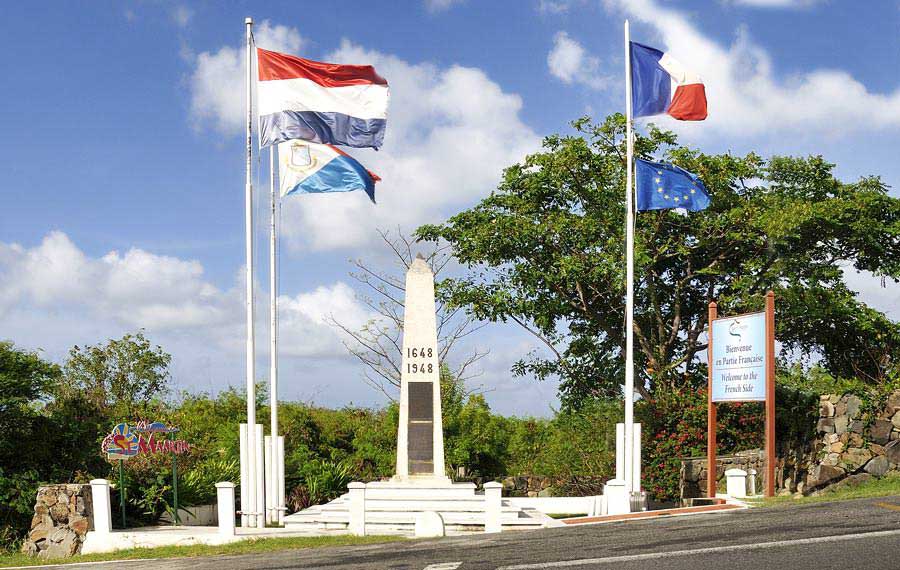
What is the official status of the island of Saint-Martin?
St. Martin, a Caribbean island paradise, attracts visitors from around the world with its white sandy beaches, turquoise waters and rich cultural heritage. But what sets St. Martin apart from other tourist destinations is its unique status as an island shared between two sovereign nations: France and the Netherlands. In this article, we will explore the particularities of the island’s status, examining what is an overseas collectivity (COM) for the French part and the status of autonomous territory for the Dutch part.
I. Saint-Martin: an island shared between two nations
A. The French part: an overseas collectivity
The northern part of the island of Saint-Martin belongs to France and is officially known as the Collectivité de Saint-Martin. Since the constitutional reform of 2003, Saint-Martin has been an overseas collectivity (COM), replacing the former status of overseas department (DOM) and overseas region (ROM). The COMs are governed by Article 74 of the French Constitution (1) and enjoy greater autonomy than the former DOM-ROMs.
B. The Dutch part: an autonomous territory of the Kingdom of the Netherlands
Sint Maarten, the southern part of the island, is an autonomous territory of the Kingdom of the Netherlands. Since the dissolution of the Federation of the Netherlands Antilles in 2010, Sint Maarten has become a constituent country of the Kingdom of the Netherlands, along with the Netherlands, Aruba and Curaçao. The status of Sint Maarten is governed by the Statute of the Kingdom of the Netherlands (2), which guarantees a large degree of autonomy to the territory, although it remains under the sovereignty of the King of the Netherlands.
II. The particularities of the statutes of Saint-Martin and Sint Maarten
A. Cross-border cooperation
Despite their different statuses, the two parts of the island of St. Maarten maintain close cooperation in various areas, such as security, public services and tourism. The two sides also share an international airport, Princess Juliana Airport (3), which is located on the Dutch side but serves both parts of the island. In addition, there are no border controls between the two parties, which allows for the free movement of people and goods.
B. Political and legal differences
Both parts of the island operate with their own governments and legal systems. The French part is headed by a president of the community, while the Dutch part is governed by a prime minister. Furthermore, the French part follows the French legal system, while the Dutch part follows the Dutch legal system.
Closing remarks
The unique character of the island of St. Martin offers visitors and residents a rich and diverse cultural experience. The political and legal differences between the two sides, as well as their cross-border cooperation, illustrate the ability of nations to work together to preserve and promote their common heritage, while respecting their differences.
Official sources:
Constitution of the French Republic, Article 74 : https://www.legifrance.gouv.fr/loda/article_lc/LEGIARTI000006527310/
Status of the Kingdom of the Netherlands :
